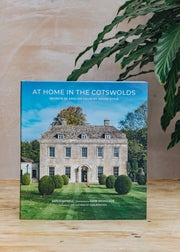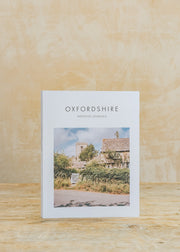In review: Oxford, Matthew Rice
Oxford has been described as ‘a living encyclopaedia of English architecture’, with its heritage still visible, simply by walking today's streets, lanes, parks and meadows. Along with the beautiful cities of Venice, Florence or Rome, the city is notable for its variety of architectural significance and its relative lack of industrial or military buildings (which saved it from the damage wrought on so many other cities during the Second World War). The university, over its 800 years, has swallowed up much of the city centre, replacing many domestic properties with beautiful buildings: the product of the finest material and best builders, paid for by the generation of patrons blessed with the education and generous resources to commission such construction. Matthew Rice’s book pays homage to this city of ‘dreaming spires', showcasing the best of English architecture through the ages, pairing his distinctive watercolour illustrations with informed, often witty, observations.
The book is divided into five chapters detailing the city’s history- monastic and medieval, baroque, Georgian, gothic revival and modern. In each chapter, Rice highlights the buildings of that age, whether in the details of a window or lintel, or in a complete streetscape. Iconic buildings such as the college quads, Wren’s Sheldonian Theatre, and the Clarendon Building appear, alongside Yiangou Architects’ lesser known 2014 tower at Harris Manchester, or the ‘once startling, now distinguished’ 1967 Fry Building at Somerville College. He details how the cobbles in Radcliffe Square make us look down - how the materials beneath our feet are of equal significance to the elevations and floor plans of the architecture - if the ground was laid with modern asphalt or concrete paving slabs, the atmosphere would be compromised.
In North Oxford, he believes lies Britain's most beautiful suburb, from its consistency of building, intelligent variation in size of similar styled buildings that allows residents of wildly varied incomes to live side by side, and in the considered planting of magnolias and cherry trees that decorate the streets of nineteenth century houses. It is in these observations and brief asides that we gain so much information, as if Matthew Rice is taking us on his own personal tour of the city. In the sweep of his watercolour brush he paints a picture, not only of the building, but its character and positioning within the history of the revered city.
‘A celebration and explanation of what, for residents, students or visitors from around the world, is a most compelling and extraordinary collection of buildings.’
Matthew Rice

























